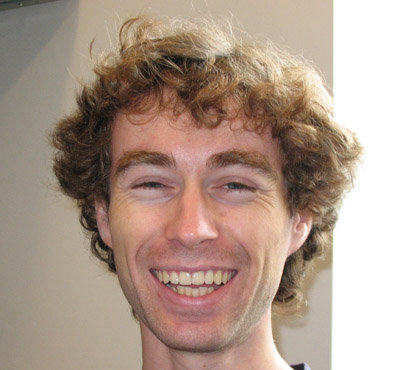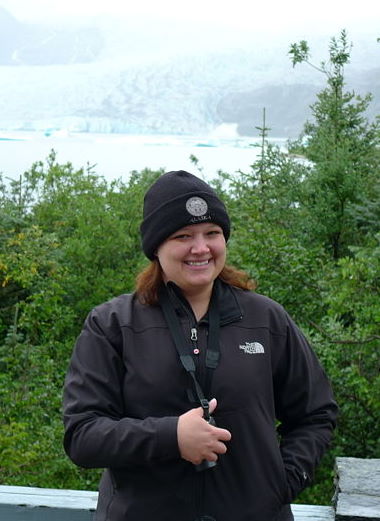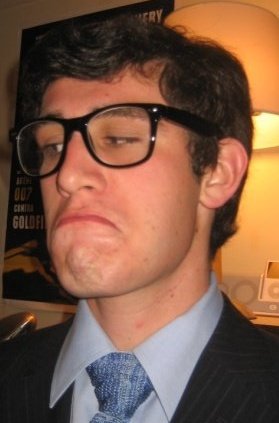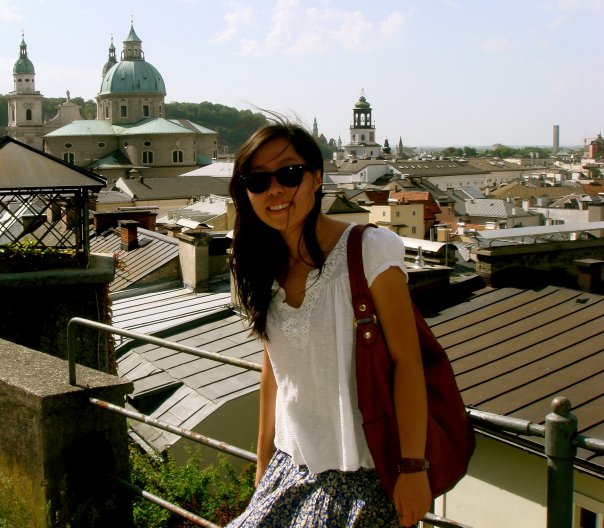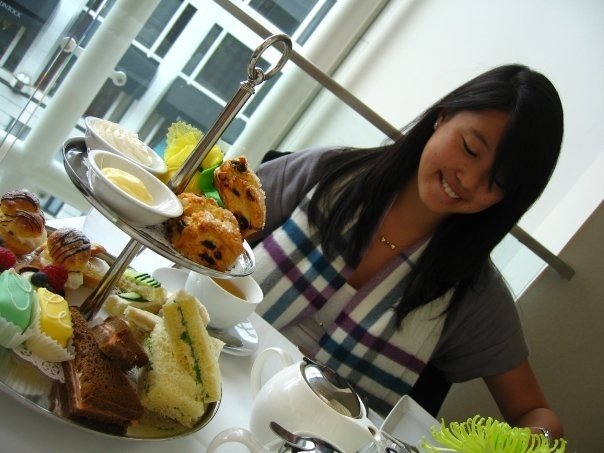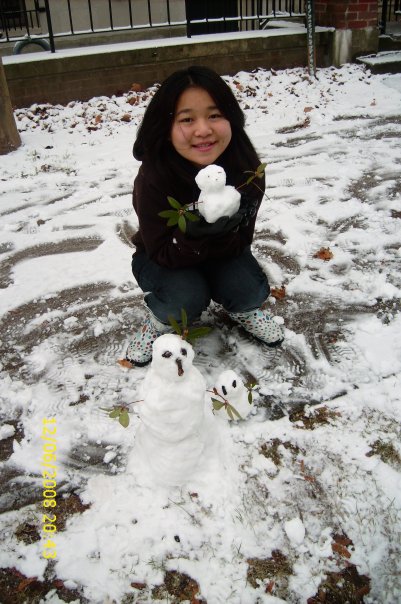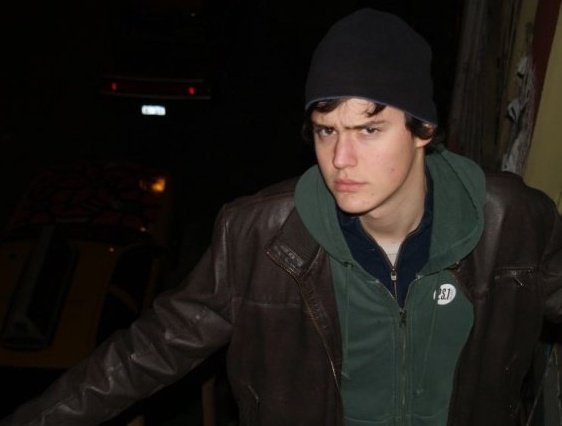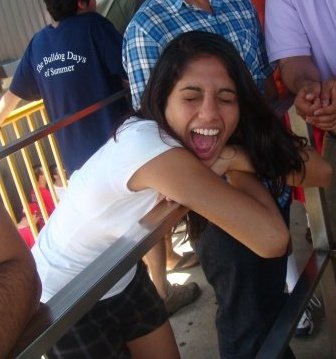Team:Brown/Team
From 2009.igem.org
Sscheung918 (Talk | contribs) |
|||
| (33 intermediate revisions not shown) | |||
| Line 1: | Line 1: | ||
| - | + | {{Brown}} | |
| - | |||
| - | |||
| - | |||
| - | |||
| - | |||
| - | |||
| - | |||
| - | |||
| - | |||
| - | |||
| - | |||
| - | |||
| - | |||
| - | |||
| - | |||
| - | |||
| - | |||
| - | |||
| - | |||
| - | |||
| - | |||
| - | |||
| - | |||
| - | |||
| - | |||
| - | + | [[Image:About-brown-igem-bar-1.png]] | |
| - | + | The Brown iGEM Lab is entirely student-run and consists of nine Brown University undergraduates. We began our training last spring with a lab course in Synthetic Biology. Under the gracious support of the Brown Undergraduate Teaching and Research Award (UTRA) Program and funding from various other academic departments, we were able to work throughout the summer on our project. Though the project's generation and implementation was an entirely student-directed process, the team owes much of its academic and research support to the faculty and graduate student advisers that helped make everything possible. Here at Brown, we pride ourselves in upholding the ideals set out by the iGEM competition, namely that the project we have set out to create is fully our own (from creation to completion) and that each student involved in the program be afforded his/her full opportunity to both learn and contribute in the lab. Therefore, in the true spirit of Synthetic Biology, our team's project this year works hard to reflect the many different research backgrounds contributed by its nine individual members; elements of electrical engineering, electrochemistry, genetics, and microbiology are incorporated. | |
| - | |||
| - | |||
| - | |||
| - | |||
{|border = "0" | {|border = "0" | ||
|- | |- | ||
| Line 46: | Line 17: | ||
'''Advisors:''' | '''Advisors:''' | ||
| - | *''' Advisor ''': Dr. Gary Wessel | + | *''' Faculty Advisor ''': Dr. Gary Wessel, Professor of Biology, Bio Med Molecular, Cellular Biology Biochemistry |
| - | *''' | + | *'''Graduate Student Advisor ''': Adrian Reich, Graduate Student, Bio-Med (Bio) |
| + | *'''Graduate Student Advisor ''': Diana Donovan, Graduate Student, Bio-Med (Bio) | ||
| - | ''' | + | '''Undergraduate Students:''' |
*'''William Allen''': Will Allenquot | *'''William Allen''': Will Allenquot | ||
| Line 62: | Line 34: | ||
| | | | ||
| + | <gallery> | ||
| + | Image:Garywessel.jpg|Dr. Gary Wessel | ||
| + | Image:Adrianreich.jpg|Adrian Reich | ||
| + | Image:Diana D.JPG|Diana Donovan | ||
| + | </gallery> | ||
<gallery> | <gallery> | ||
Image:Will.jpg|Will Allen | Image:Will.jpg|Will Allen | ||
| Line 69: | Line 46: | ||
Image:flora.jpg|Flora Ko | Image:flora.jpg|Flora Ko | ||
Image:eli.jpg|Eli Scheer | Image:eli.jpg|Eli Scheer | ||
| - | Image: | + | Image:Ahmad_Rana.jpg|Ahmad Rana |
| - | Image:minoo.jpg|Minoo | + | Image:minoo.jpg|Minoo Ramanathan |
Image:indu.jpg|Indu Voruganti | Image:indu.jpg|Indu Voruganti | ||
| + | |||
| + | |||
| + | |||
| + | Team Brown is proud to collaborate with Team Valencia in raising awareness about '''human practices''' , '''safety''', '''ethics''', '''patents''', etc. in synthetic biology. Our team had 100% participation in the survey prepared by Team Valencia. | ||
| + | |||
| + | [[Image:V_Brown.jpg]] | ||
Latest revision as of 05:11, 7 November 2009
![]() The Brown iGEM Lab is entirely student-run and consists of nine Brown University undergraduates. We began our training last spring with a lab course in Synthetic Biology. Under the gracious support of the Brown Undergraduate Teaching and Research Award (UTRA) Program and funding from various other academic departments, we were able to work throughout the summer on our project. Though the project's generation and implementation was an entirely student-directed process, the team owes much of its academic and research support to the faculty and graduate student advisers that helped make everything possible. Here at Brown, we pride ourselves in upholding the ideals set out by the iGEM competition, namely that the project we have set out to create is fully our own (from creation to completion) and that each student involved in the program be afforded his/her full opportunity to both learn and contribute in the lab. Therefore, in the true spirit of Synthetic Biology, our team's project this year works hard to reflect the many different research backgrounds contributed by its nine individual members; elements of electrical engineering, electrochemistry, genetics, and microbiology are incorporated.
The Brown iGEM Lab is entirely student-run and consists of nine Brown University undergraduates. We began our training last spring with a lab course in Synthetic Biology. Under the gracious support of the Brown Undergraduate Teaching and Research Award (UTRA) Program and funding from various other academic departments, we were able to work throughout the summer on our project. Though the project's generation and implementation was an entirely student-directed process, the team owes much of its academic and research support to the faculty and graduate student advisers that helped make everything possible. Here at Brown, we pride ourselves in upholding the ideals set out by the iGEM competition, namely that the project we have set out to create is fully our own (from creation to completion) and that each student involved in the program be afforded his/her full opportunity to both learn and contribute in the lab. Therefore, in the true spirit of Synthetic Biology, our team's project this year works hard to reflect the many different research backgrounds contributed by its nine individual members; elements of electrical engineering, electrochemistry, genetics, and microbiology are incorporated.
|
Advisors:
Undergraduate Students:
|
|
 "
"

